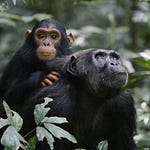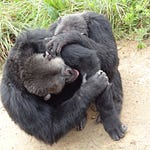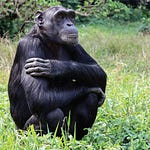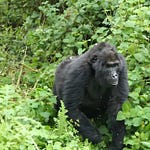In the lore of animal behavior, dominance often arrives draped in the shoulders of large, muscular males. From silverback gorillas to swaggering baboons, the image of male primates as natural-born rulers is difficult to dislodge. But that image may be a relic of narrow observation. A sweeping new study spanning over 120 species of primates suggests something very different: dominance between the sexes is fluid, often shared, and occasionally tips in favor of females.

The study, published in Proceedings of the National Academy of Sciences1, was led by researchers from the University of Montpellier, the Max Planck Institute for Evolutionary Anthropology, and the German Primate Center. It analyzed more than 100,000 recorded aggressive encounters across 253 primate populations. The results chip away at long-standing assumptions in evolutionary biology about male power and female passivity in the animal kingdom.
Measuring the "battle of the sexes"
Intersexual aggression—contests between males and females—was found to be surprisingly common. Nearly half of all observed aggressive interactions in mixed groups involved individuals of opposite sexes.
"The observation that in most populations any given individual is more likely to be involved in a fight against another individual of the opposite rather than the same sex highlights that the battle of the sexes is common in other animals," said Dieter Lukas of the Max Planck Institute.
Among the 151 populations with robust data, clear male dominance (males winning over 90 percent of conflicts) was recorded in only 25. Female dominance, while less frequent, was present in 16 populations. The rest—about 70 percent—showed either no clear sex bias or fluctuating power balances.
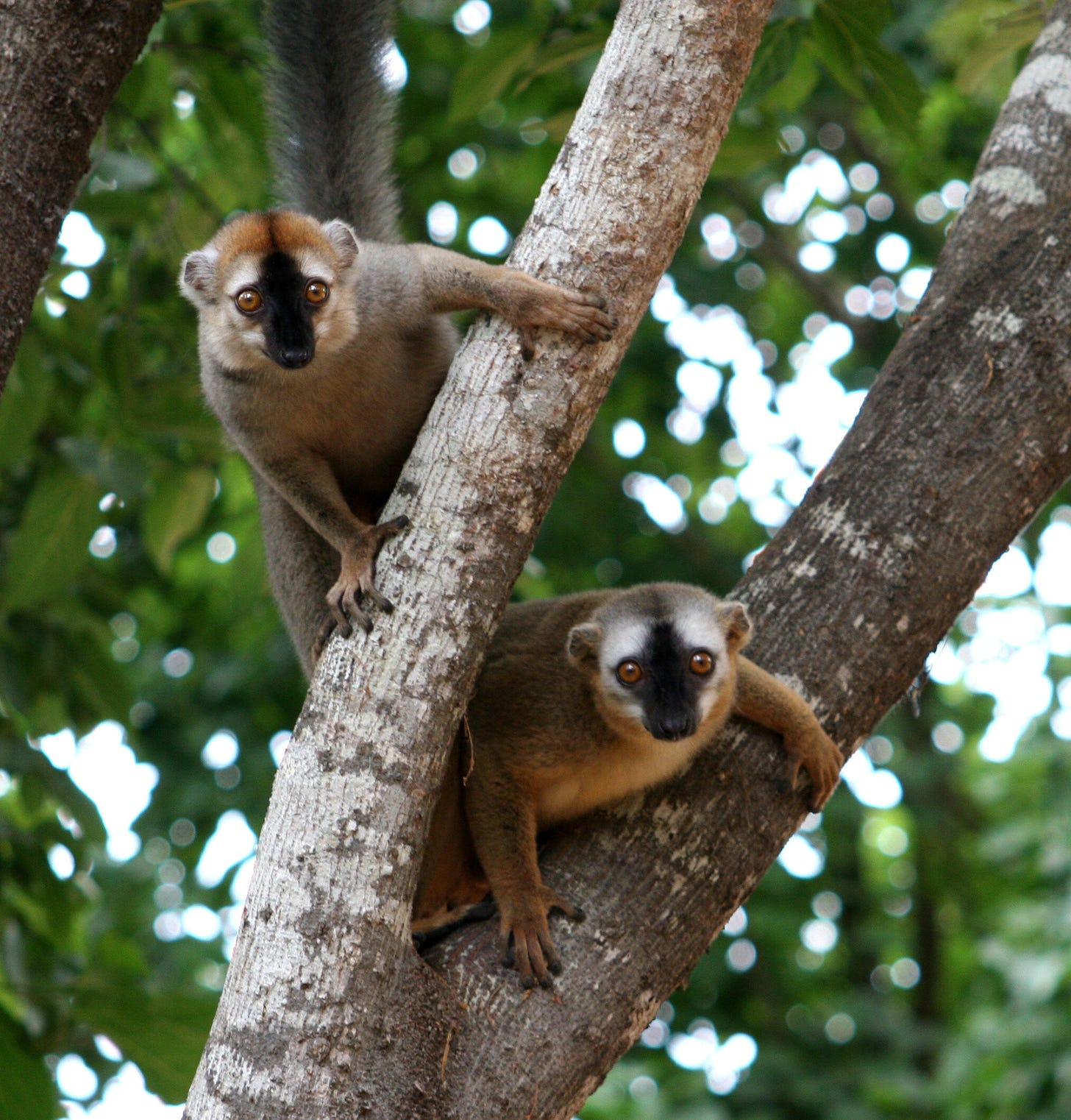
These findings are not just statistical curiosities. They cast doubt on the long-held idea that patriarchal power structures are somehow biologically natural among primates. Instead, dominance emerges as a highly variable trait, shaped by ecology, mating systems, and social structure.
When females take the lead
Female dominance was most commonly seen in species with specific traits: monogamous pairings, limited sexual size dimorphism, and arboreal lifestyles. In such contexts, female primates often have more autonomy in mate choice and may control access to resources.
"Critically, while primate males gain power via physical force and coercion, female empowerment relies on alternative pathways, such as reproductive strategies to gain control over matings," explained Elise Huchard of the University of Montpellier.
Female-biased power structures were also more likely when raising young posed fewer risks. In species where mothers park infants while foraging rather than carrying them, confrontations with males are less risky for the young. This safety may embolden female assertiveness.
Coercion, choice, and social ecology
The study tested five hypotheses to explain the patterns of sex-biased dominance and found that environmental and social contexts mattered more than brute strength. Where males are larger, more terrestrial, and mate with multiple females, male dominance is more entrenched. But when these conditions are absent, females often find ways to level the playing field.
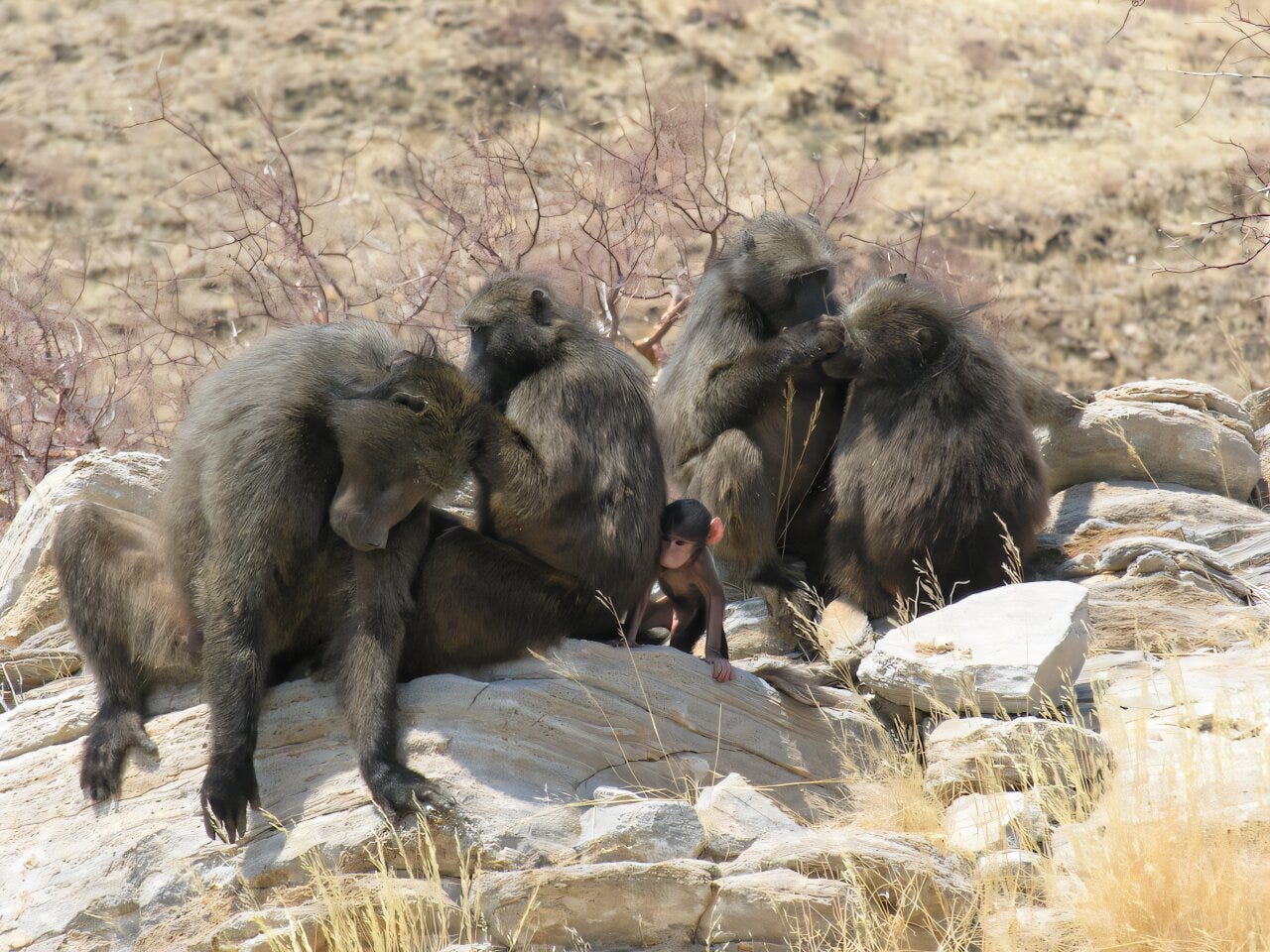
Peter Kappeler from the German Primate Center noted that long-held beliefs are being overturned.
"Recent research started to challenge the traditional views of male dominance being the default status, and our study now provides a more comprehensive exploration of variation in intersexual dominance relationships."
Rather than defaulting to patriarchy, primate societies appear shaped by a give-and-take between competition and cooperation, size and strategy, coercion and choice. These forces produce an array of social structures, many of which allow room for female power to flourish.
Rethinking human origins
For anthropologists and evolutionary psychologists, the implications are significant. Humans do not closely resemble the species where males dominate through sheer physicality. Instead, our traits align more closely with species where social bonds, alliance-building, and mutual influence shape group dynamics.
"The finding that it is almost as likely that females dominate males than the reverse, and that most primate societies do not have clear-cut sex-biases in power, challenges traditional views of the natural origins of gender roles," the authors write.
This matters not just for reconstructing the social lives of our ancestors, but also for confronting myths about the inevitability of male dominance in human societies today. If our closest relatives can evolve fluid and dynamic power arrangements, perhaps human hierarchies are less a product of biology and more the result of cultural inertia.
A path forward in primate social science
As the data accumulate across primate species, the image of dominance is becoming less about winners and losers and more about negotiation. The battle of the sexes may be a constant, but the outcome is far from foreordained.
Related Research:
Clutton-Brock, T. H., & Huchard, E. (2013). Social competition and its consequences in female mammals. Journal of Zoology, 289(3), 151-171. https://doi.org/10.1111/jzo.12023
van Schaik, C. P., & Kappeler, P. M. (1997). Infanticide risk and the evolution of male-female association in primates. Proceedings of the Royal Society B: Biological Sciences, 264(1388), 1687-1694. https://doi.org/10.1098/rspb.1997.0234
Wrangham, R. W. (1980). An ecological model of female-bonded primate groups. Behaviour, 75(3), 262-300. https://doi.org/10.1163/156853980X00447
Smuts, B. B. (1995). The evolutionary origins of patriarchy. Human Nature, 6(1), 1-32. https://doi.org/10.1007/BF02734133
Huchard, E., Kappeler, P. M., Smit, N., Fichtel, C., & Lukas, D. (2025). The evolution of male–female dominance relations in primate societies. Proceedings of the National Academy of Sciences of the United States of America, 122(28). https://doi.org/10.1073/pnas.2500405122



